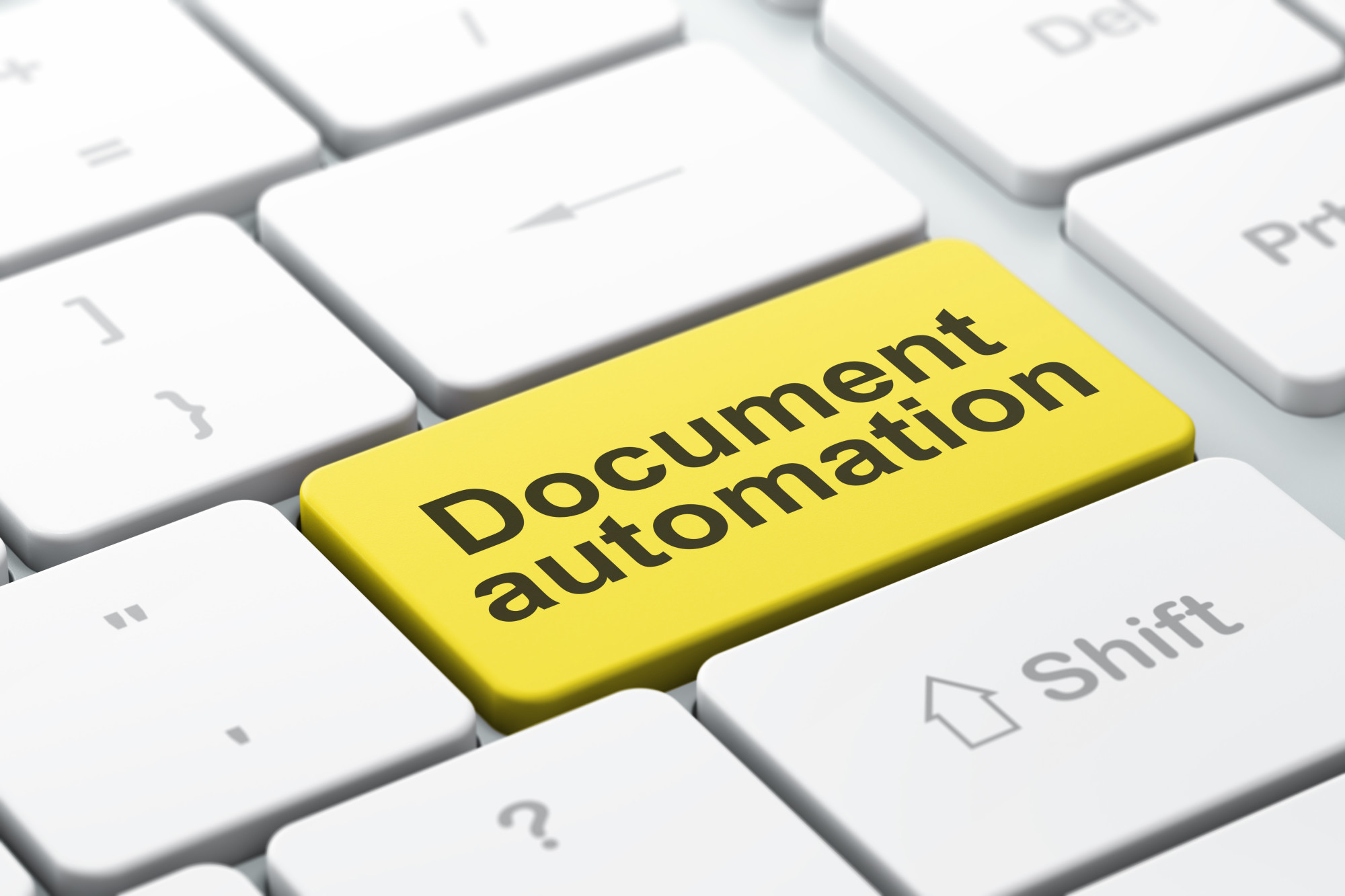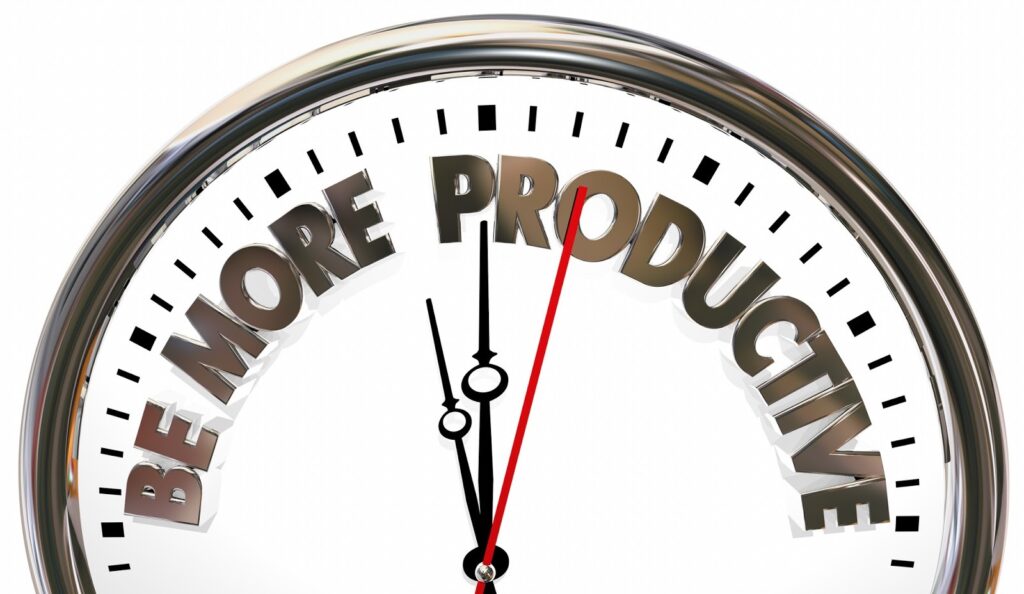In today’s changing legal landscape, the importance of efficiency cannot be overstated. Document automation is a valuable tool firms of all sizes can use to streamline their workflow, reduce errors, and save precious time.
Whether you’re a solo practitioner, part of a small firm, or one cog in the wheel of a large firm, understanding and implementing document automation can significantly enhance your ability to service your clients. Below, we’ve explained five best practices for getting started on your automation journey.
Start efficiently
When venturing into document automation, it’s essential to begin with a clear strategy that will provide you with tangible benefits quickly but will not overwhelm you with the process of automation.
For your first automation efforts, identify five to ten documents that you use frequently but are not overly complex. These generally include things like summons, letters, contracts, and other forms crucial to your daily client needs.
By focusing on automating this core group, you can realize immediate benefits from automation – such as improved efficiency and accuracy – without getting lost in trying to automate more complicated documents.
Create a metric
Before diving into document automation, it’s crucial to have a clear understanding of the time you currently spend drafting and revising documents and the frequency of errors you see – especially errors that slip through revisions into your final documents. Establishing this baseline measurement will allow you to assess the impact of your automation efforts.
Create a simple tracking system to record the time expended on each document and note any errors or revisions needed. This data will not only help you visualize the benefits of automation but also identify areas where automation can have the greatest impact for you.
Add complexity over time
Once you’ve successfully automated several simpler but often-used documents, you can gradually expand your automation efforts to more complex documents.
While it may be tempting to tackle complicated and intricate documents first, starting with the most challenging documents you have can lead to getting overwhelmed. Learning the process of automation while also trying to manage the unique rules, exceptions, and intricate formatting of your complicated documents is a recipe for frustration.
Instead, reserve these high-complexity documents for when you are more comfortable with automation. Once you’ve gained confidence and expertise in the automation process, you can progress onto automating more intricate documents.
Make a roadmap
Instead of diving headfirst into automation wherever seems best, you will work faster and more easily if you have a roadmap to follow for what you need to accomplish with each document you automate.
The best way to create that roadmap is to thoroughly review and mark-up each document so that you have an easy method of identifying the places that need automation. This initial step will enable you to comprehend the structure of your documents and pinpoint opportunities for automation.
Mastering the art of effectively marking up your documents is a vital skill in the document automation journey. Fortunately, there are various resources and tools available to help you acquire this skill (see more here). After completing your mark-up, you’ll have a clear roadmap for automation how to automate each of your documents.
Take your time
Document automation is a field where the initial investment of time and effort pays off for years afterward. With that in mind, instead of rushing through trying to create your whole automation system or get all of your documents up and going at once, try to take the time to really learn the various automation tools available to you.
Most automation systems have basic functions like lists, conditional logic (if statements), and various types of variables, as well as many others. Your automation journey will be much smoother if you take the time up front to familiarize yourself with the fundamentals of your chosen automation system.
Understanding the tools you have to work with will save you time and energy when you are automating your documents – if you already know how to do something in general, it’s easy to apply it to specific tasks.
If you have to stop and look up how to automate your documents every step of the way, you might get overwhelmed or frustrated. You’ll serve your future self much better by learning your automation system well up front, so that you can work quickly and save your automation research time for more complex issues.
Conclusion
With the best practices outlined above, you should be in a good position to start automating your documents. Start by prioritizing your most frequently used documents, introduce complexity gradually, monitor your progress, mark-up your documents for efficient automation, and take the time to learn the tools available to you – then you are ready to move forward in your automation journey.
Kim is the CEO and Co-Founder of Knackly, a powerful tool that makes it easier than ever to automate critical processes in your business.
Grow your practice through efficiency and accuracy
Spend the time you save proactively helping your clients and winning new business.
Want helpful occasional tips on document automation?
"*" indicates required fields





